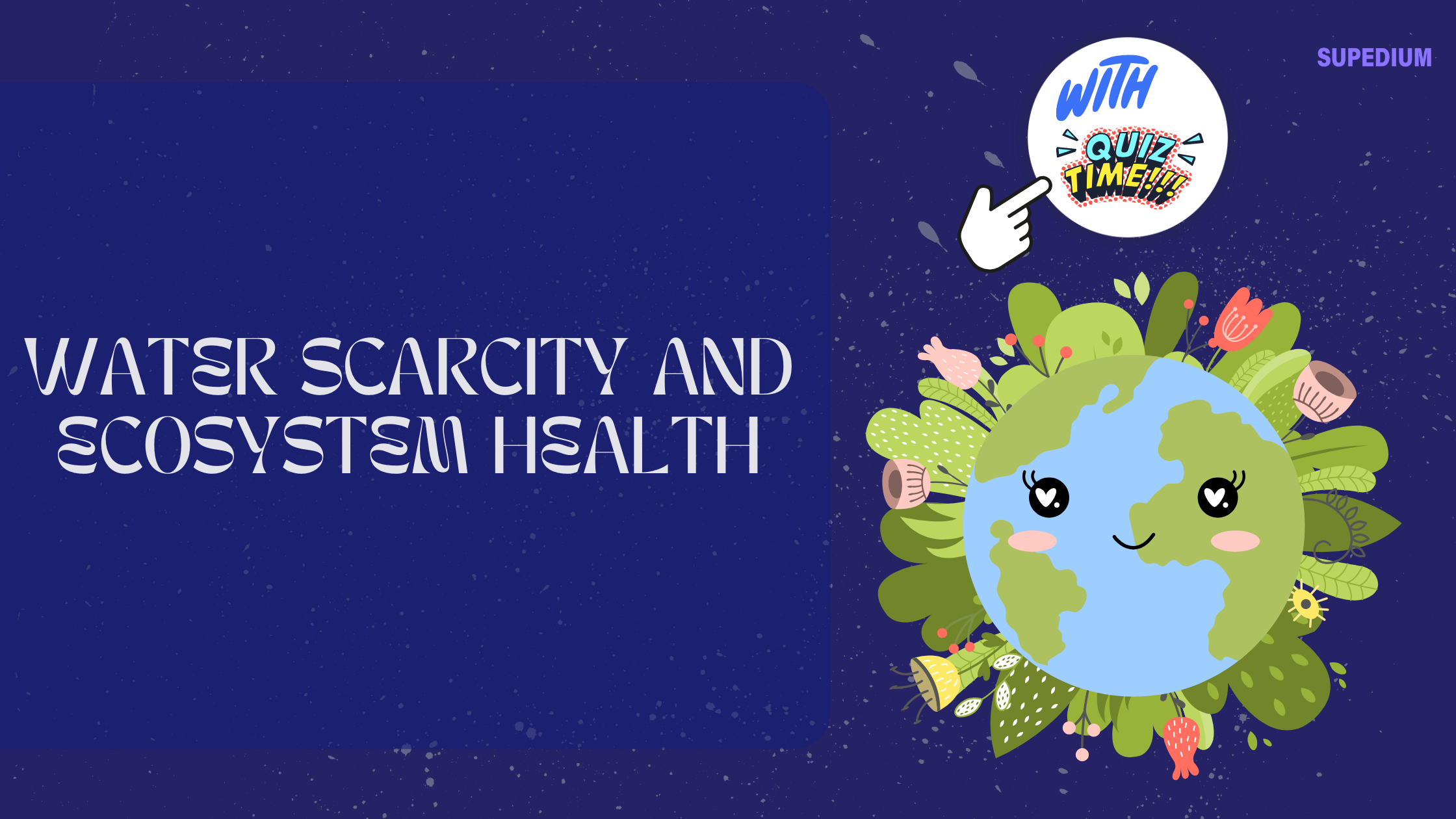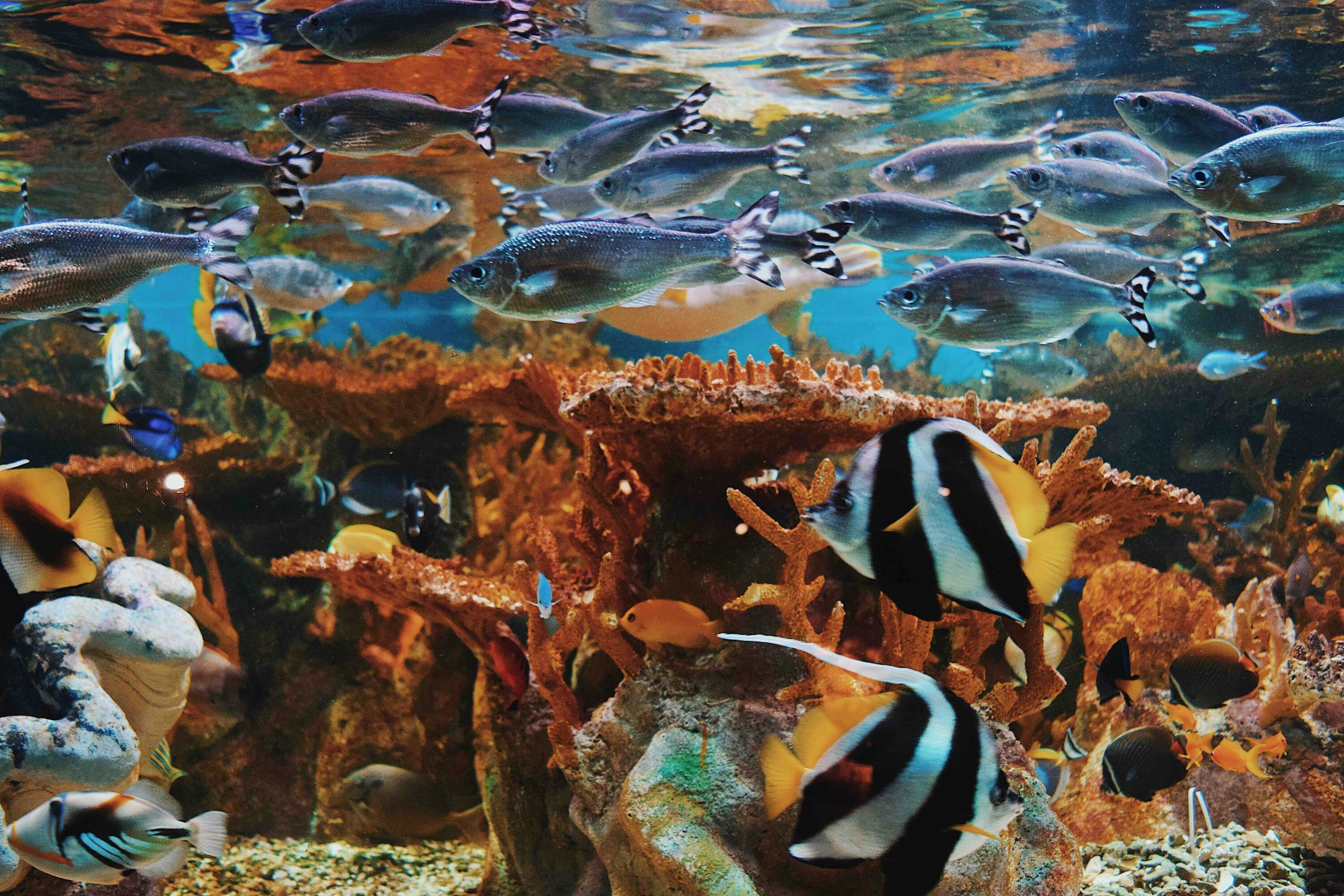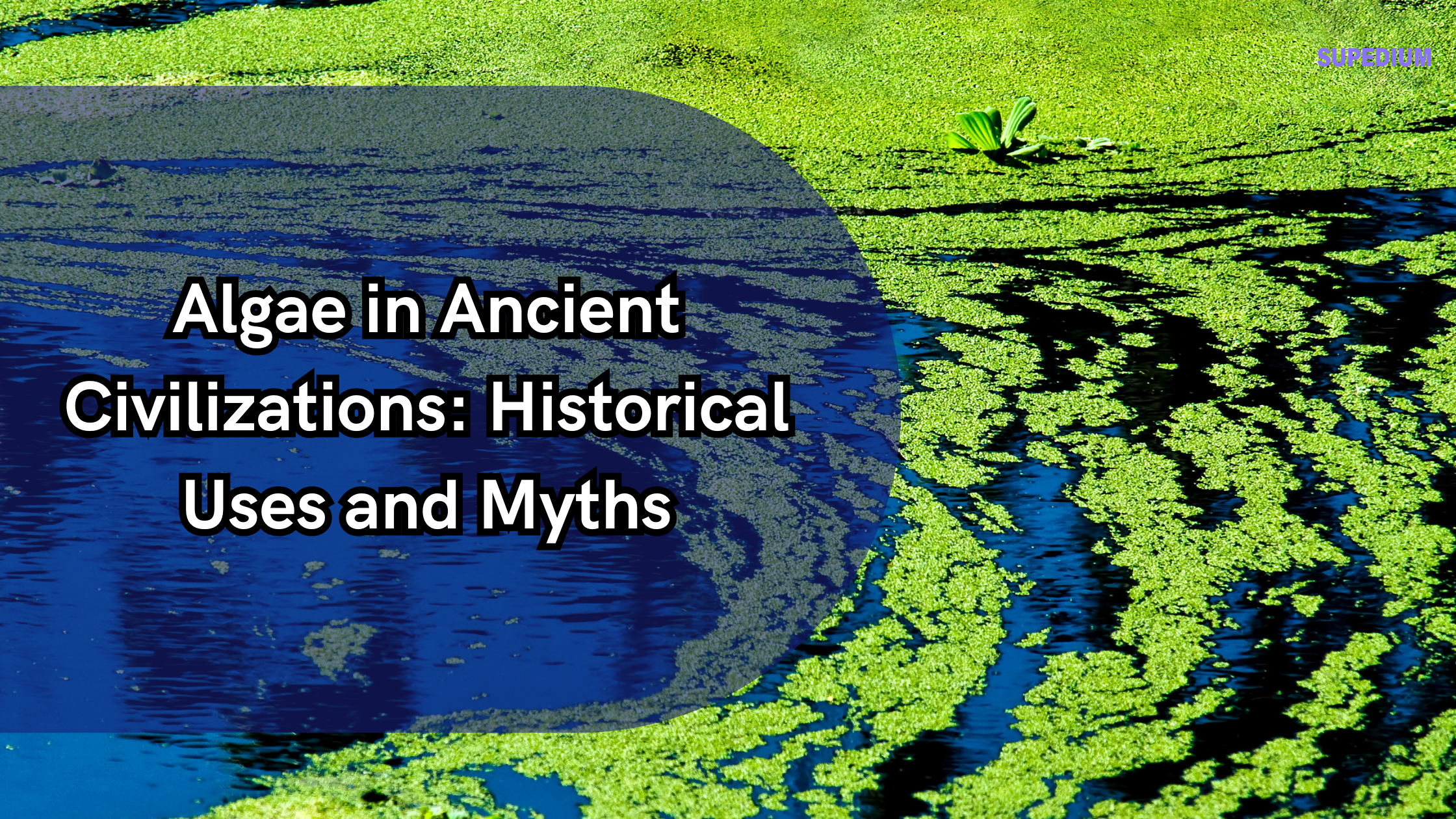Table of Contents
![]()
Introduction
Water scarcity is a pressing global issue that significantly impacts ecosystems around the world. Defined broadly, water scarcity refers to the shortage of available fresh water resources to meet the demands of water usage within a region. This shortage can be categorized into two main types: physical water scarcity, where water availability is insufficient to meet demand, and economic water scarcity, where resources are available but not accessible due to financial or infrastructural constraints. Water is critical for ecosystem health as it supports various natural processes and provides essential services that sustain life.
Causes of Water Scarcity
Natural Factors
Water scarcity often arises from natural phenomena. Climate change, for instance, alters precipitation patterns, leading to more frequent and severe droughts and reduced water availability. Increased evaporation rates due to higher global temperatures further exacerbate this issue, causing more water to be lost from the environment. Droughts and desertification, which are becoming more common in many regions, significantly reduce the amount of water available for ecosystems.
Human Activities
Human activities are significant contributors to water scarcity. Over-extraction of water resources for agricultural and industrial purposes depletes available supplies faster than they can be replenished. Agriculture, which consumes a large percentage of global water resources, often employs inefficient irrigation practices that exacerbate scarcity. Industrial activities also draw heavily on water, sometimes with little regard for long-term sustainability.
Pollution and contamination of water sources further compound the problem. Chemical runoff from agriculture, industrial wastewater discharges, and improper waste management contaminate water supplies, rendering them unusable for both humans and ecosystems. Inefficient water management, characterized by poor infrastructure and lack of regulation, also exacerbates water scarcity by failing to ensure that available resources are used effectively.
Impact of Water Scarcity on Ecosystems
Freshwater Ecosystems
Freshwater ecosystems, such as rivers, streams, lakes, and ponds, are directly affected by water scarcity. Reduced flow rates in rivers and streams can lead to habitat degradation and disrupt aquatic species that rely on specific flow conditions. For lakes and ponds, changes in water levels can alter habitat conditions, affecting species that depend on stable water levels for breeding and survival.
Wetlands
Wetlands are particularly vulnerable to water scarcity. These areas, which serve as crucial buffers and natural water filters, experience significant biodiversity loss when water levels drop. The reduction in water flow disrupts the complex interactions between plant and animal species and impairs the wetlands’ ability to filter pollutants and recharge groundwater supplies.
Terrestrial Ecosystems
The effects of water scarcity extend to terrestrial ecosystems as well. Vegetation and plant health suffer as reduced water availability hampers plant growth and reproduction. Decreased vegetation cover can lead to soil erosion and reduced soil fertility. Wildlife is also affected, as altered water availability disrupts migration patterns and diminishes the availability of food and water sources.
Consequences of Ecosystem Disruption
The disruption of ecosystems due to water scarcity has far-reaching consequences. Biodiversity loss is a primary concern, with species extinctions and disruptions in food chains resulting from habitat degradation. The decline in ecosystem services, such as water purification, soil fertility, and climate regulation, further impacts both natural environments and human societies.
Socioeconomic implications are also significant. Human communities that depend on healthy ecosystems for their livelihoods face challenges as water scarcity affects agriculture, fisheries, and other resource-dependent industries. The cascading effects of ecosystem degradation can lead to economic instability and reduced quality of life.
Solutions and Mitigation Strategies
Sustainable Water Management
Addressing water scarcity requires a multifaceted approach, starting with sustainable water management. Efficient water use practices, such as adopting water-saving technologies and improving irrigation techniques, can help reduce demand and conserve resources. Technological innovations, including advanced water recycling and desalination processes, offer potential solutions to increase water availability.
Restoration of Ecosystems
Restoring ecosystems is another critical strategy. Reforestation and afforestation efforts help to replenish water sources and stabilize ecosystems. Wetland restoration projects can reinstate natural water flow and improve habitat conditions, supporting biodiversity and enhancing ecosystem functions.
Policy and Regulation
Effective policy and regulation play a crucial role in managing water resources. Implementing water conservation policies and international agreements can promote more sustainable practices and encourage cooperation among regions. Regulations that ensure proper management of water resources and address pollution are essential for maintaining ecosystem health.
Public Awareness and Education
Public awareness and education are key components of addressing water scarcity. Promoting water conservation practices and educating communities about the importance of ecosystem health can foster more sustainable behaviors and increase support for conservation efforts.
Case Studies
The Aral Sea Crisis
The Aral Sea, once one of the largest lakes in the world, has faced severe ecological and socio-economic impacts due to water scarcity. The diversion of rivers for agricultural irrigation in the 1960s led to a dramatic reduction in the sea’s water levels. The environmental impact included the loss of aquatic species and increased salinity, which affected local fisheries and agriculture. Efforts to address the crisis, such as water conservation measures and international aid, have shown some progress, but the ecosystem remains severely altered.
The Colorado River Basin
The Colorado River Basin in the United States is another example of water scarcity affecting ecosystems. Over-extraction of water for agricultural, municipal, and industrial use has reduced river flow and impacted local ecosystems, including wetlands and riparian habitats. Current strategies to manage water resources include improved conservation practices, water-sharing agreements, and restoration projects aimed at supporting the river’s ecological health.
Conclusion
Water scarcity presents a significant challenge to ecosystem health, with wide-ranging impacts on freshwater systems, wetlands, and terrestrial environments. Addressing this issue requires a combination of sustainable water management, ecosystem restoration, effective policy, and public education. By understanding the causes and consequences of water scarcity and implementing comprehensive strategies, we can work towards ensuring a healthier balance between human needs and the preservation of vital ecosystems.






Be the first to comment